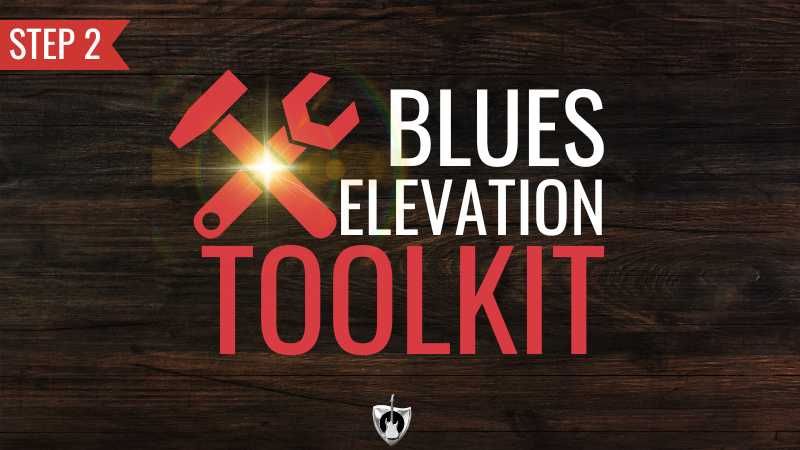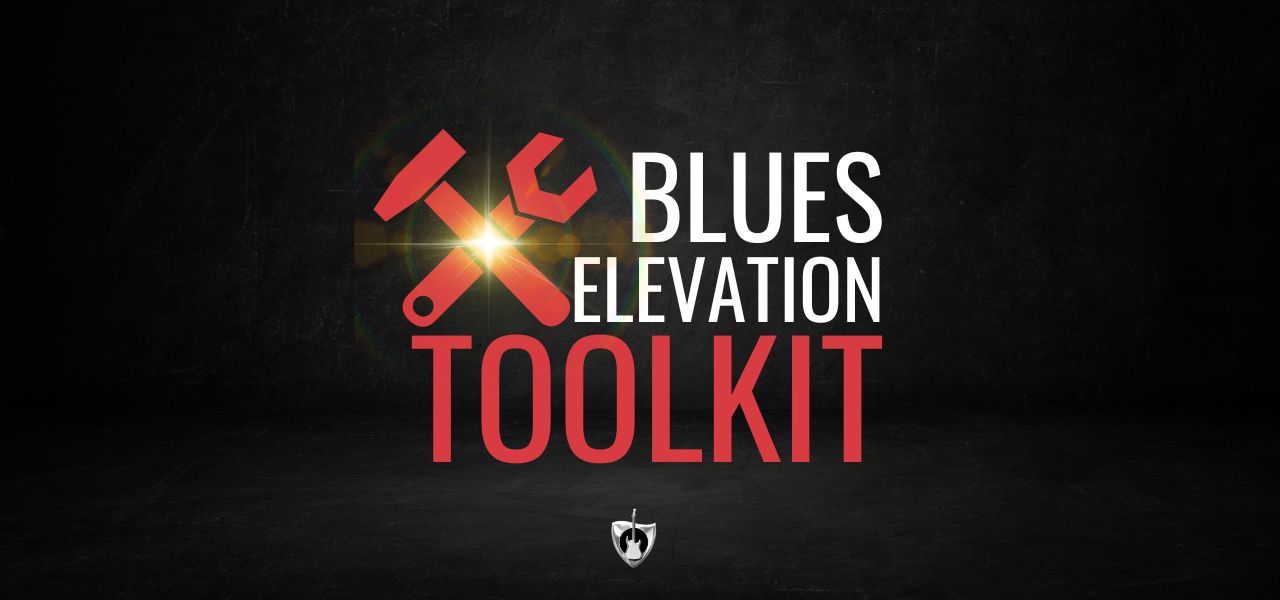Fun Guitar Chords - 129
One of my favorite things about learning songs is coming across new chords that grab your attention.
In the beginning, we work so hard on the basic chords that when we master them and finally get to learning songs, you are just content to finally be playing them.
Then it happens. You come across something unfamiliar. "What in the world is that chord?"
These new sounds from these interesting and unknown chords stop you in your tracks.
Oh I've got to play that. And most players quickly look up the tab, learn the fingering just good enough to play them, and that is that.
But don't stop there. Just being able to play them is leaving a lot on the table.
Today I'm going to take a look at three types of very fun and very interesting sounding chords and show you how to make them your own and use them in lots of different situations.
1. Slash Chords
What is a slash chord?
I'm pretty sure you have run across them from time to time and think: "That looks like it's pretty complicated. I'd better steer clear of that one."
Honestly, Slash chords are incredibly easy and make a lot of sense with just a little knowledge.
They are just regular chords that tell you what note to play in the bass.
That's it.
- The first letter before the slash mark is the chord.
- The letter after the slash is what note to play in the bass.
Let's take a look at the most common chords that you might find when learning guitar songs.
The one that comes up the most in my lessons is D/F#. This chord is found frequently where songs move from a G major triad to an E minor triad.
If we take our description of a slash chord here, we get a D major chord with an F# in the bass. Let's take a look.
You can see the F# on the low string. Since we know that the top note of a typical D major on guitar is an F#, it's easy to see that it has been moved down and taken the place of our root note.
Let's take a look at another common slash chord: A/C#.
In this instance we have an A major triad with a C# in the bass You can see that on the A string, the C# has taken the place of the root note.
In both of these chords, the new note in the bass happens to be one of the chord notes, just moved down.
2 Inversions
An inversion is a chord that uses another one of it's notes as the bass note.
- 1st inversion uses the 3rd note of the scale
- 2nd inversion uses the 5th note of the scale
- 3rd inversion is for 7th chords where the 7th note is in the bass.
I try not to use this too much on guitar.
You see some strict theory rules where the order of the chord notes is important. Where the chord has to be stacked in order 1st, 3rd, 5th, 7th.
To get the 1st inversion you just move the root up an octave which make room for the third in the bass.
The guitar has a problem with that because of the way the strings work. This is very easy to do on a piano, but because of how our strings overlap, it isn't easy to voice a chord in order like that. Most of our chord notes are "out of order."
That is why I prefer to use the term slash chords.
Most slash chords you come across will use a chord tone in the bass. but not always.
A slash chords is a very general term. You can put any note in the bass that you want.
One of the situations that you will find chords like this is when chords are played over a pedal tone. You have a low string ringing but you move chords shapes up and down the neck of the guitar. (Think of the drone note in bagpipes).
How To Play (or not play) Them.
The D/f# chord is generally used to promote a smooth bass-line. It creates a passing chord between the G and E minor.
The Clapton song "Wonderful Tonight" is an example of this. This smooth transition between bass notes in chords is the primary use for slash chords.
The A/C# is a bit different. When you play a 1 chord going to a 4 chord, using 1 chord with a 3rd in the bass gives a very strong bass-line to the 4 chords.
For example A / / / | A/C# / / / | D / / / |
Sometimes, if you are playing in a band where you have another instrument playing the bass, you may want to ignore the slash bass note all together. It could sound muddy with a lot of other low frequencies competing for the same space.
Just play the basic chord and leave out the bass notes and you will do fine.
Suspended chords
What is a suspended chord?
It's a chord where the third of the chord is replaced by the fourth (sus 4).
In a less common way the third could also be replaced by the second. (sus 2)
If you just see sus after a chord letter, it generally means sus 4.
The third of the chord (coming from the third note of the scale it was built from) will dictate the Major or minor sound. Happy or sad. In both of these cases the third is absent.
The sound is not at rest and indicates the need for movement. It wants to go somewhere.
It is used to fill time and build interest. If you see a chord sheet with 4 measures of a D major chord, you might want to use a sus chord to create some interest.
GET FREE WEEKLY GUITAR LESSONS, PODCASTS, AND MOTIVATION DELIVERED TO YOUR INBOX.
Your information is kept safe. It's never shared with third parties.




